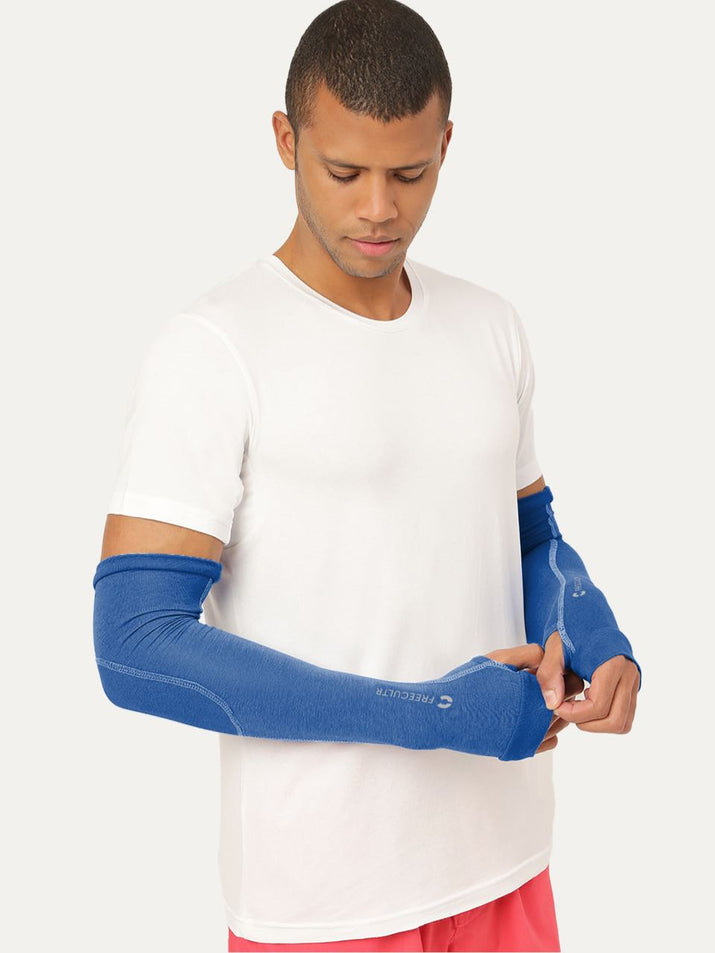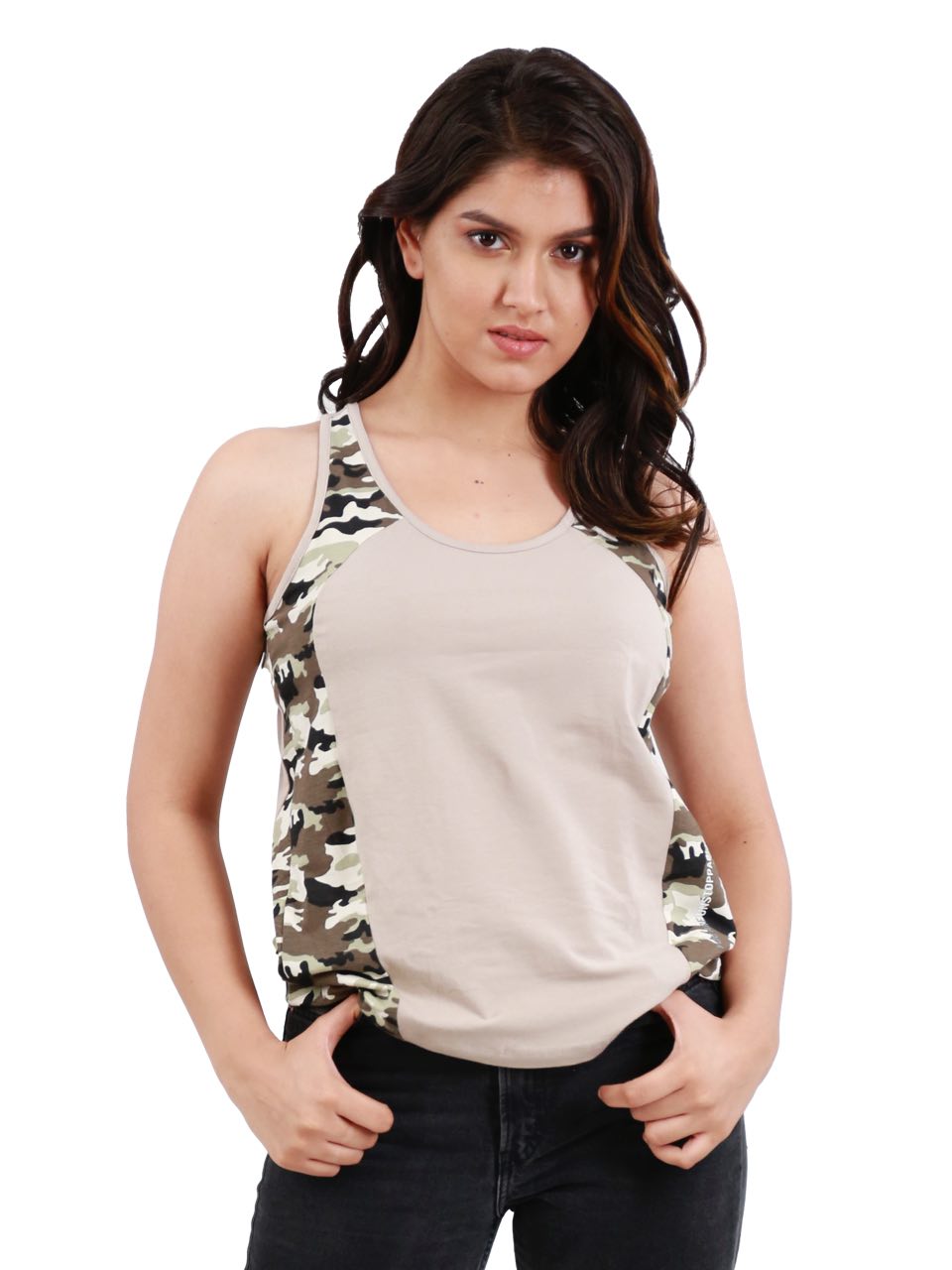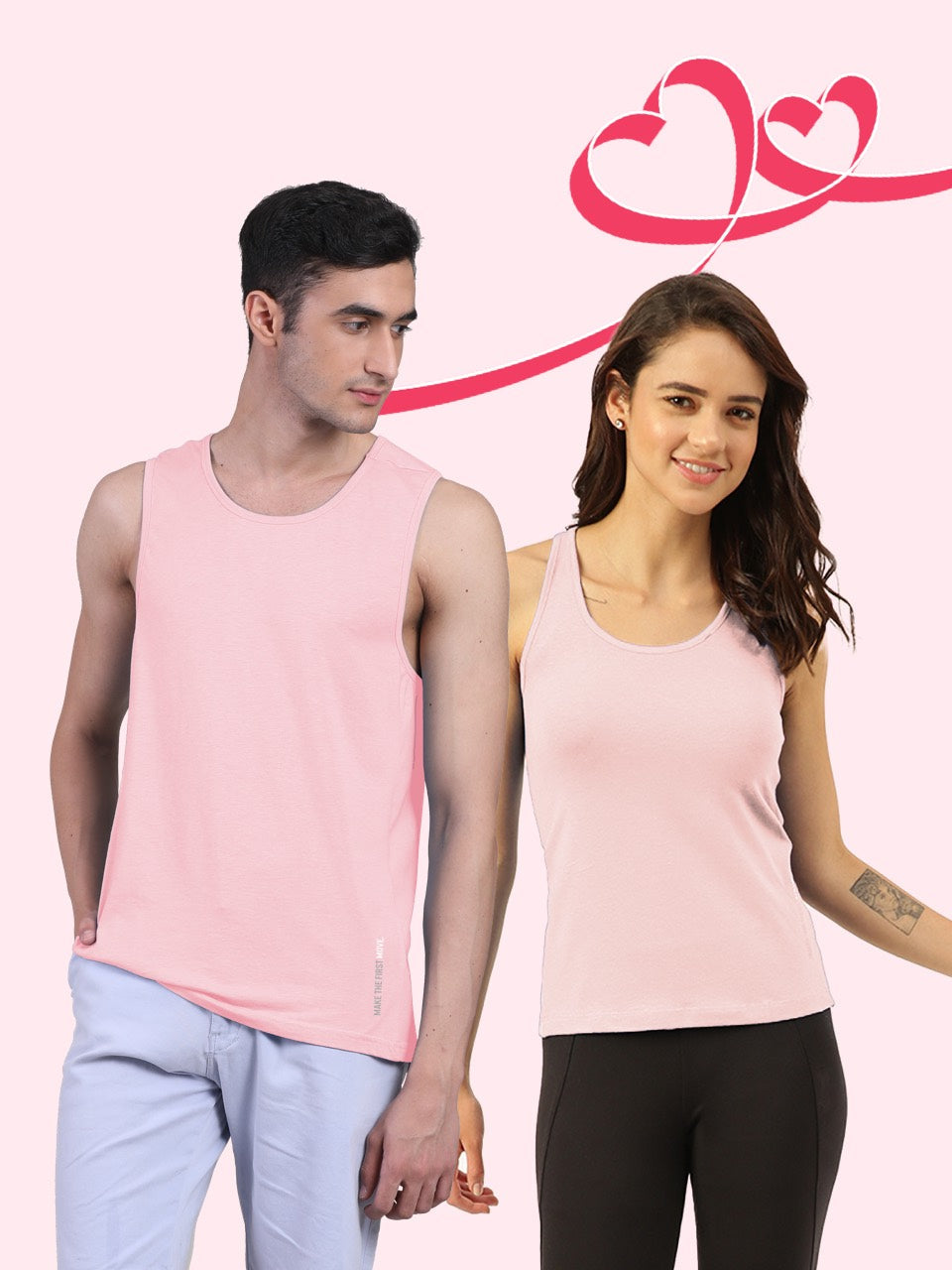Often overlooked, the strategic design of sleeves fundamentally redefines garment comfort and layering versatility. Modern textile engineering and ergonomic principles now elevate sleeves beyond simple arm coverings, transforming them into critical elements for adaptive wear. Consider the articulated raglan sleeve, providing unrestricted mobility essential for performance apparel, or the innovative detachable sleeve, which seamlessly adapts a jacket for dynamic temperature regulation and styling. Current trends leverage advanced materials within slim-fit athletic sleeves for superior moisture management, while voluminous balloon sleeves offer distinct aesthetic layering potential. These developments underscore how thoughtful sleeve construction delivers profound enhancements in wearer comfort and functional adaptability across diverse wardrobes.

The Unsung Hero of Your Wardrobe: What Are Sleeves, Really?
Ever thought about the humble sleeve beyond just being the part of your shirt that covers your arm? It's easy to take them for granted. Sleeves are actually incredible design elements that play a massive role in our comfort, mobility. Even our personal style. They're not just arm coverings; they're integral to how a garment feels and performs, adapting to everything from a casual stroll to an intense workout.
From the earliest tunics to modern high-performance wear, sleeves have evolved constantly. They protect us from the elements, offer warmth, provide ventilation. Even define the silhouette of an outfit. Think about it: a sleek, tailored sleeve gives a different impression than a billowy, relaxed one. The right set of sleeves can make or break a garment's functionality and its overall appeal.
A Journey Through Sleeve Styles: More Than Just Long or Short
When we talk about sleeves, it's not just about length. There's a whole world of sleeve designs, each with its own characteristics, contributing to comfort, movement. Aesthetic. Understanding these styles can help you pick the perfect garment for any occasion.
| Sleeve Type | Description & Key Features | Comfort & Mobility | Best Use Cases |
|---|---|---|---|
| Set-in Sleeves | The most common type, where the sleeve is sewn into a circular armhole at the shoulder, creating a distinct seam. | Offers a structured fit; can be restrictive if too tight. Very comfortable when well-tailored. | Formal wear, tailored shirts, classic t-shirts, blazers. |
| Raglan Sleeves | Features a seam that runs diagonally from the armpit to the collarbone, often found in athletic wear. | Excellent range of motion, reduces bulk under the arm, very comfortable for active pursuits. | Sportswear, baseball tees, casual sweaters, comfortable coats. |
| Kimono Sleeves | Cut as one piece with the garment's bodice, typically wide and flowing, inspired by traditional Japanese kimonos. | Extremely comfortable and non-restrictive due to their loose fit; offers great ventilation. | Loungewear, flowing tops, relaxed dresses, beach cover-ups. |
| Dolman (Batwing) Sleeves | Very wide at the armhole, tapering to a narrower cuff, creating a "batwing" shape under the arm. Similar to Kimono but more pronounced taper. | Offers significant freedom of movement and a relaxed, drapey feel. Great for comfort. | Casual tops, oversized sweaters, bohemian styles. |
| Bell Sleeves | Fitted at the shoulder and then flare out dramatically from the elbow or wrist, resembling a bell shape. | Generally comfortable around the arm. The flare can sometimes get in the way during tasks. | Fashion statements, bohemian tops, dresses, adding a touch of drama. |
| Puff Sleeves | Gathered at the shoulder or cuff (or both) to create a voluminous, puffed-up effect. | Comfort varies; can be comfortable if the gathers aren't too tight. Primarily a style choice. | Blouses, dresses, adding a feminine or whimsical touch. |
| Three-Quarter Sleeves | Ends somewhere between the elbow and the wrist. | Highly versatile and comfortable, offering more coverage than short sleeves but less restriction than long sleeves. | Year-round wear, layering, professional attire, casual tops. |
The Magic of Fabrics: How Material Choices Elevate Sleeve Comfort
The material used in sleeves is just as vital as their cut. Modern textile technology has given us an incredible array of fabrics, each engineered to provide specific benefits that enhance comfort and performance. Here's how different materials make a difference:
- Breathability Fabrics like cotton, linen. Bamboo are excellent for sleeves that need to breathe. They allow air to circulate, preventing heat buildup and keeping you cool and comfortable, especially in warmer climates. Imagine wearing a stuffy, non-breathable long-sleeved shirt on a hot day – not fun!
- Moisture-Wicking This is a game-changer for activewear sleeves. Synthetic fabrics like polyester or nylon, often blended with spandex, are engineered to draw sweat away from your skin to the fabric's outer surface, where it can evaporate quickly. This keeps you dry and comfortable during intense activities. Brands like Nike's Dri-FIT or Under Armour's HeatGear are great examples of this technology in action.
- Insulation For colder conditions, insulating fabrics are key. Wool (especially Merino wool) and fleece are fantastic for sleeves that need to trap body heat, keeping you warm without excessive bulk. Merino wool, for instance, is known for its incredible warmth-to-weight ratio and natural odor resistance, making it perfect for base layers and outer layers alike.
- Stretch & Recovery Fabrics blended with elastane (spandex or Lycra) provide amazing stretch, allowing sleeves to move with your body without restriction. This is crucial for activewear or anything that requires a full range of motion. The "recovery" aspect means the fabric snaps back into shape, preventing baggy elbows or stretched-out cuffs.
- Softness Sometimes, comfort is simply about how a fabric feels against your skin. Modal, rayon. Brushed cotton offer incredible softness, making sleeves a pleasure to wear all day long.
Beyond the fabric itself, manufacturing techniques also play a role. Seamless knitting, for example, creates garments with minimal seams, which can significantly reduce chafing and irritation, especially crucial for sleeves in performance wear or sensitive skin.
Layering Like a Pro: Sleeves as Your Style Superpower
One of the most powerful aspects of well-designed sleeves is their ability to transform an outfit through layering. Layering isn't just about staying warm; it's about versatility, adapting to changing conditions. Expressing your personal style. Your choice of sleeves is absolutely central to successful layering.
- Adapting to Temperature Swings Ever experienced a chilly morning that turns into a surprisingly warm afternoon? This is where strategic layering with different sleeve lengths shines. Start with a short-sleeved tee, add a long-sleeved shirt over it. Perhaps a light jacket. As the day warms up, you can shed layers. Your sleeves dictate how comfortable you remain. A long-sleeved thermal under a short-sleeved cycling jersey keeps you warm on a cold ride but allows for quick heat dissipation once you warm up.
- Adding Visual Interest Layering different sleeve lengths can create dynamic visual appeal. Imagine a long-sleeved striped top peeking out from under a short-sleeved sweater or a chunky knit vest. This adds texture, color. Depth to your look. I once had a client who was hesitant about wearing a sleeveless dress to a formal event. We layered a sheer, elegant long-sleeved top underneath, instantly transforming the dress into a sophisticated ensemble perfect for the occasion.
- Creating Different Silhouettes The interaction between different sleeve types in layers can change your overall silhouette. A fitted long-sleeved base layer under a top with voluminous bell or dolman sleeves creates a play on proportions that's both stylish and comfortable.
The key to effective layering with sleeves is to think about the fit and fabric of each layer. Generally, thinner, more form-fitting sleeves go closer to the body, with looser, bulkier sleeves on top. This allows for comfortable movement and prevents your arms from feeling constricted.
Beyond Fashion: Sleeves in Performance Wear and Specialized Gear
While fashion is a huge part of sleeves, their functionality extends far beyond aesthetics, especially in specialized and performance-oriented garments. Here, sleeves are engineered with precision to meet specific demands for protection, comfort. Enhanced performance.
- Athletic Performance
- Compression Sleeves Often seen in sports like basketball, running, or cycling, these sleeves apply graduated pressure to the arm. The idea is to improve blood circulation, reduce muscle vibration (which can lead to fatigue). Aid in recovery after strenuous activity. They're typically made from high-stretch, moisture-wicking synthetic blends.
- UV Protection Sleeves For outdoor athletes, sleeves made with UPF (Ultraviolet Protection Factor) fabrics offer crucial protection from harmful sun rays, reducing the risk of sunburn and long-term skin damage.
- Articulated Sleeves In jackets and performance tops, sleeves are often "articulated," meaning they're pre-shaped with curves at the elbow. This ergonomic design allows for a more natural range of motion, crucial for activities like climbing or golfing, preventing the fabric from bunching up.
- Workwear & Safety
- Protective Sleeves In industrial settings, sleeves can be made from flame-resistant, cut-resistant, or abrasion-resistant materials to protect workers from hazards. Welders, for instance, wear heavy-duty leather sleeves for protection from sparks and heat.
- High-Visibility Sleeves For construction workers or emergency personnel, sleeves often incorporate reflective strips or are made from bright, fluorescent fabrics to ensure visibility in low-light conditions.
- Medical & Health
- Medical Compression Sleeves Similar to athletic ones, these are prescribed for various medical conditions, such as lymphedema (swelling due to fluid buildup) or after surgery, to manage swelling and improve circulation.
- Temperature Regulating Sleeves Some specialized garments, like those for people with certain medical conditions or for astronauts, incorporate advanced materials in their sleeves that actively regulate temperature, either by cooling or warming the wearer.
These real-world applications highlight how sleeves are not merely an afterthought but a critical, engineered component designed to enhance safety, performance. Well-being in diverse environments.
Choosing Your Perfect Sleeves: Tips for Comfort and Function
Now that you know the ins and outs of sleeves, how do you pick the right ones for you? Here are some actionable tips to ensure your sleeves enhance your comfort and suit your needs:
- Consider the Activity
- For Activewear Look for raglan sleeves for maximum arm mobility, moisture-wicking fabrics. Possibly compression. Sleeves should allow full range of motion without restriction.
- For Loungewear/Sleepwear Prioritize soft, breathable fabrics like cotton or modal. Loose-fitting sleeves (kimono or dolman) are great for ultimate relaxation.
- For Professional Settings Set-in sleeves are classic and structured. Ensure they aren't too tight around the bicep or wrist for comfort during long hours. Three-quarter sleeves can be a versatile option.
- Think About the Weather
- Warm Weather Opt for short, cap, or three-quarter sleeves made from breathable, lightweight fabrics like linen or light cotton.
- Cool Weather Long sleeves in insulating materials like wool, fleece, or heavier cotton blends are ideal. Layering different sleeve lengths is key for adaptability.
- Prioritize Fabric over Style (Sometimes) A beautiful sleeve design won't be comfortable if the fabric is scratchy or doesn't breathe. Always check the material composition. My own experience taught me this when I bought a gorgeous sweater with unique sleeves, only to find the synthetic blend made me itchy and sweaty. Lesson learned!
- Don't Forget Fit Even the most perfect fabric or style can be uncomfortable if the fit is wrong. Sleeves shouldn't be too tight, restricting movement or circulation, nor should they be excessively baggy unless that's the intended style. Pay attention to the armhole, bicep. Cuff areas.
- Layering Potential When buying new pieces, think about how their sleeves will integrate with your existing wardrobe. Can you comfortably layer a long-sleeved top under a sleeveless dress? Will a short-sleeved shirt fit under that new sweater?
By keeping these points in mind, you'll be well-equipped to choose sleeves that not only look great but also provide the comfort and functionality you need.
The Future of Sleeves: Innovation on the Horizon
Just like every other aspect of clothing, sleeves are also poised for fascinating innovations. We're already seeing glimpses of what's next, pushing the boundaries of comfort, versatility. Even intelligence:
- Smart Textiles Imagine sleeves that can actively monitor your body temperature and adjust their breathability or insulation. Or sleeves embedded with tiny sensors that track your vitals during a workout, providing real-time feedback. This kind of technology is no longer science fiction.
- Adaptive Designs We might see more sleeves with modular designs, allowing users to detach or reconfigure them based on their needs or the weather. Think zip-off sleeves that transform a jacket into a vest. With more sophisticated, seamless integration.
- Sustainable & Recycled Materials The drive for eco-friendly fashion will heavily influence sleeve production. Expect more sleeves made from recycled plastics, plant-based fibers, or even lab-grown materials that offer incredible performance with minimal environmental impact.
- Personalized Fit & 3D Printing As 3D printing technology advances, we might see a future where sleeves (or entire garments) are custom-printed to your exact arm measurements and preferences, offering unparalleled fit and comfort.
Conclusion
Sleeves are undeniably more than just an arm covering; they are a cornerstone of comfort, protection. Personal style, offering unparalleled layering versatility. Embracing their full potential means understanding how materials like moisture-wicking fabrics or UPF-rated textiles can elevate your daily wear, whether you're tackling a morning run or simply enjoying a sunny afternoon. For instance, I recently discovered the immense value of lightweight, long-sleeved UPF shirts during my summer hikes – they kept me cool, protected from the sun. Surprisingly comfortable, a far cry from my past experiences with heavy, short-sleeved cotton. This isn't just about performance gear; consider the simple art of rolling up sleeves on a crisp Oxford for a casual yet refined look, a timeless trend. Or layering a fine-gauge merino long-sleeve under a short-sleeve tee for unexpected warmth and texture, an approach many are adopting in the current "quiet luxury" aesthetic. So, take a moment to assess your wardrobe; perhaps that perfect sleeve is missing. Experiment with different lengths, fabrics. Fits to truly unlock enhanced comfort and express your unique style. Your arms will thank you for it. Your outfits will feel complete.More Articles
Performance Sleeves – Enhanced Protection & Muscle SupportMen's T-Shirt – Versatile Wardrobe Staple & Soft Fabric
Women's Tank Top – Flattering Fit & Breathable Design
Men's Inner Wear – Essential Comfort & Seamless Feel
Bandana – A Stylish Accessory & Functional Headwear
FAQs
What's the big deal with these sleeves?
They're designed to significantly boost your comfort and make your outfits more adaptable. Think of them as a smart addition that can transform your clothing for different situations.
How do these sleeves actually make things more comfortable?
They're crafted from soft, often moisture-wicking fabrics with ergonomic designs. This means less chafing, better temperature regulation. A snug yet non-restrictive fit that feels great against your skin.
Can I really use them for layering. How does that work?
Absolutely! They're fantastic for layering. You can wear them under a short-sleeve shirt for extra warmth, or over a thin base layer for added sun protection. They add versatility without the bulk of a full garment, making it easy to adjust to changing temperatures.
Are there different types of sleeves for various needs?
Yes, definitely! You can find lightweight options for sun protection and mild warmth, thermal sleeves for colder conditions. Even compression sleeves for muscle support during activities. The material and length usually dictate their primary purpose.
What kind of activities are these sleeves good for?
They're incredibly versatile! Perfect for sports, hiking, cycling, or just everyday wear when you need an extra layer. They're also great for travel, as they pack small and offer quick adaptability to different climates.
How do I pick the right size for a good fit?
Always check the specific product's sizing chart, as it can vary. Generally, you'll want them to fit snugly enough to stay in place without cutting off circulation, allowing for full range of motion. If you're between sizes, consider if you prefer a tighter or slightly looser feel.
Are they difficult to take care of or clean?
Not at all! Most sleeves are designed for easy care and are machine washable. Just be sure to check the care label for specific instructions. Generally, they're low-maintenance and quick-drying.






